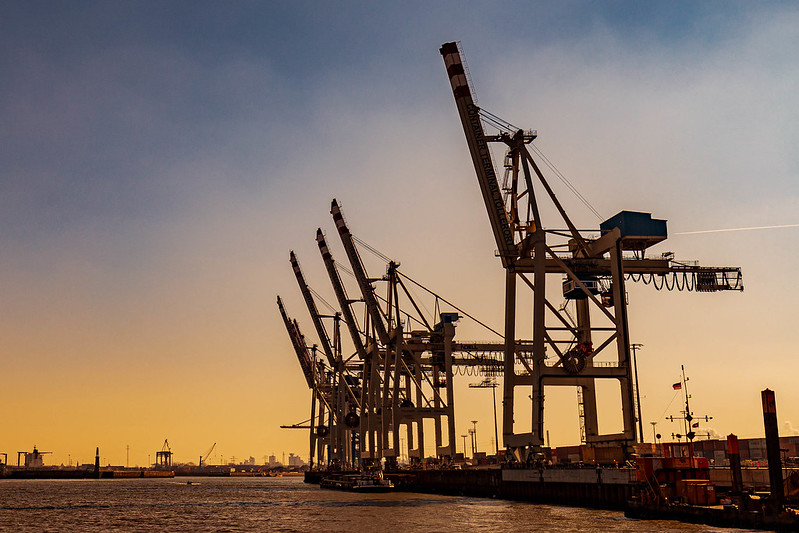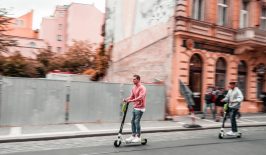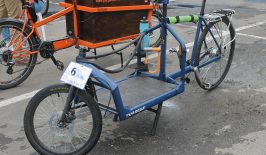The much anticipated green light is the dream of every road user. And it’s good for the environment too. A green traffic light not only saves drivers’ time, it also saves them fuel too. And when it comes to larger vehicles such as trucks or buses, the potential savings are even bigger. Now, the Hamburg Port Authority (HPA) is trialling new technology to help reduce traffic jams and improve road flow. The project, dubbed “Green4Transport“, aims to optimise the flow of traffic by linking together vehicles with traffic lights.
Trucks are particularly sensitive to changes in traffic lights. Constant red lights require trucks to stop completely and then accelerate again – something which can prove difficult when they’re transporting large amounts of heavy cargo. So keeping as many lights as possible green not only imrpoves traffic flow, it also saves more fuel per truck. And if trucks are driving in a convoy, these savings are multiplied even further, partly due to a lack of air resistance on trucks further down the convoy, but also because more trucks can cross the intersections at once. Green4Transport’s technology hopes to enable this by prioritising vehicles travelling in groups and those carrying a large number of passengers, at intersections. Emergency vehicles can also benefit from traffic lights turning green as they approach them.
With the Port of Hamburg prototype, vehicles, traffic light systems and traffic signs are networked together using a vehicular communication system specially adapted for road traffic with ITS-G5 technology. Known as Wireless Access in Vehicular Environments – or WAVE – it consists of Vehicle-to-X (V2X) or Car-to-X connectivity technology developed by Dutch company NXP. Essentially, the vehicles in a certain radius are connected to each other via WLAN in real time, which is then further communicated to traffic lights and signs as they approach an intersection. If the road is clear, the traffic light can turn green and make smart decisions right there and then in order to optimise the traffic flow.
The Green4Transport project is set to operate as a trial project until 2021, with the practical test phase of the project expected to take place in 2020. This means its trial period is due to end just as the Intelligent Traffic Systems World Congress kicks off in Hamburg. In addition to the Hamburg Port Authority, Siemens, Technolution, Hamburg Verkehrsanlagen and SCANIA are also involved in the Green4Transport project.
Although the Green4Transport system is currently being tested in a relatively narrow geographic area and application – the movement of heavy goods vehicles around dock facilities – the information gleaned from the pilot project could have major ramifications for the future application of intelligent traffic systems.
It remains to be seen whether the project can also be used in a bustling city with its numerous road users, intersections and unpredictability. And, of course, such a project can only be one aspect of the solution in terms of urban traffic: a move away from fossil fuels must be made as quickly as possible; with e-mobility taking the lead on the streets of the future.
This is a translation by Mark Newton of an original article that first appeared on RESET’s German-language site.






